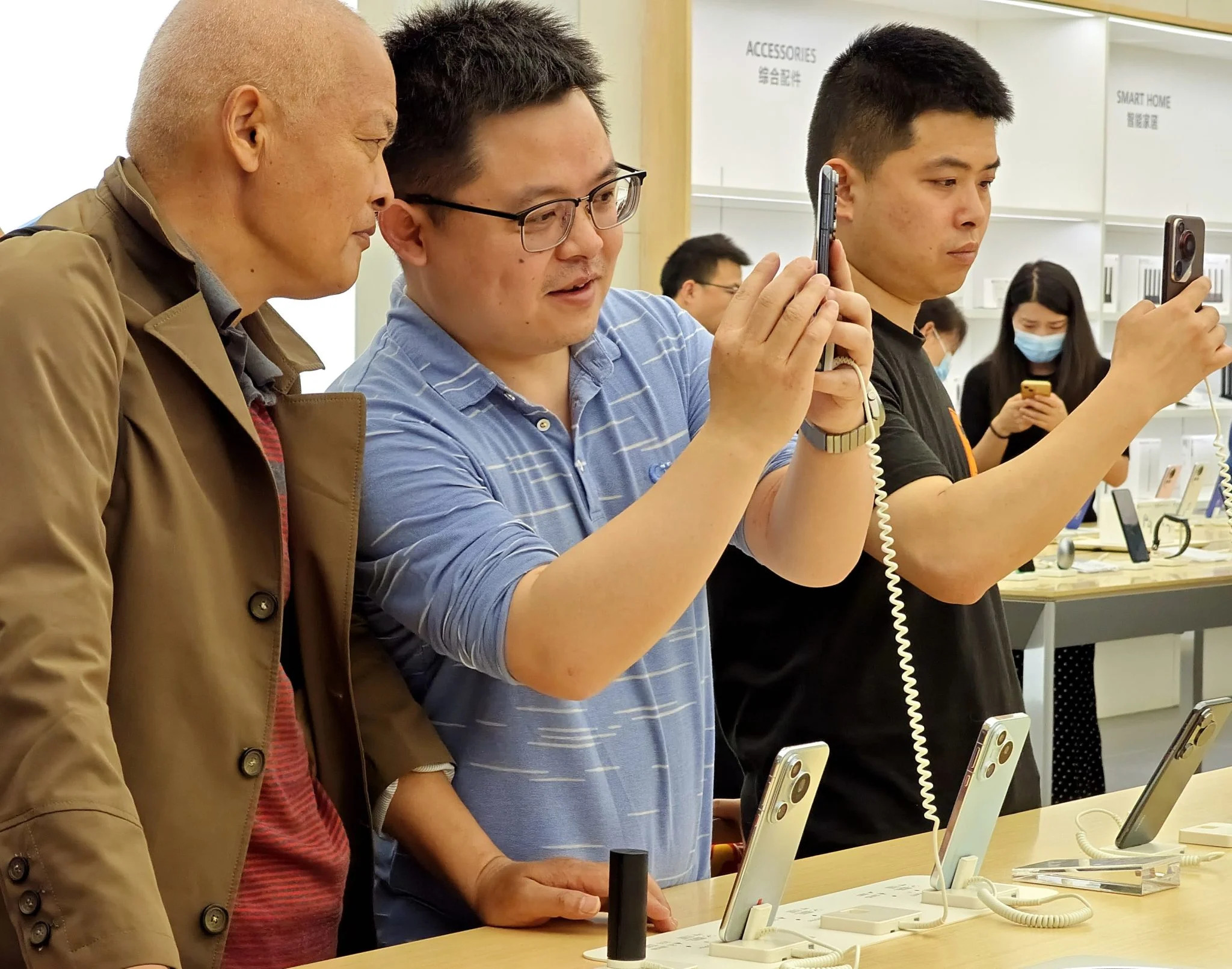Huawei is reportedly building a consortium of memory producers to build high bandwidth memory (HBM) to break free of Western sanctions. HBM is crucially important for AI and HPC processors because no matter how much compute power they have, performance is often limited by memory bandwidth. Huawei understands this perfectly, so it is now backing the development of HBM2 memory at one China-based DRAM maker, according to The Information.
The Huawei-led consortium is reportedly backed by the Chinese government and includes several other Chinese semiconductor companies, including memory maker Fujian Jinhua Integrated Circuit, as well as specialists in advanced chip packaging. The consortium is currently developing HBM2 memory, which is generations behind what market leaders often use. The facilities even have two production lines. Huawei reportedly aims to complete development and start mass production of HBM2 memory by 2026.
Read on afriprime web view app....Click the link to download
In addition, ChangXin Memory Technologies (CXMT) is also trying to develop HBM technology, though its achievements in this realm are unclear. There is also a media report that XMC, another China-based semiconductor company, is also working on an HBM project. XMC is controlled by Yangtze Memory Technology Co. (YMTC), China's leading producer of 3D NAND, which is in turn controlled by state-owned Tsinghua Unigroup.
HBM is currently sold by Micron, Samsung, and SK hynix, and these memory stacks are not available on the spot market. Since HBM memory is made using American technologies, these companies have to apply for an export license from the U.S. government, which reviews the applications with a presumption of denial.
Huawei badly needs HBM for its Ascend-series processors for AI applications, and while SMIC (presumably) can make these chips for Huawei, HBM availability is clearly a bottleneck for Huawei's AI processors. It is unclear how the company gets HBM memory now, though it is theoretically possible to get these stacks indirectly. Of course, this means limited availability for Huawei and leads to limited availability of Ascend processors as the Chinese high-tech giant primarily wants to use these devices for its own AI services.
Of course, Huawei's and other HBM companies' endeavors face considerable obstacles, notably the international regulations that limit sales of advanced chipmaking equipment to China.
Huawei's formation of the group and CXMT's efforts can be considered another strategic move by China to become self-sufficient in key technologies for AI and supercomputing.
Huawei reportedly keeps getting advanced chips, even as the U.S. tries to tighten the screws on China’s semiconductor industry
Huawei may have surprised the tech world yet again. Last year, the Chinese giant shocked observers with the Mate 60 Pro smartphone, which features an advanced processor despite U.S. export controls meant to kneecap China’s semiconductor industry. At the time, experts felt that the phone could be a one-off, as Huawei and its suppliers would struggle to make advanced chips at scale.
But a new report shows that might not be the case. A teardown of the company’s latest phone, the Pura 70, by consultancy TechInsights, showed Huawei is using the Kirin 9010 processor, a newer version of the Kirin 9000s used in the Mate 60 series. The Kirin series is made by Semiconductor Manufacturing International Corp. (SMIC), a Chinese chip manufacturer.
TechInsights believes, with “high confidence,” that Huawei’s latest phone processor was made with SMIC’s 7nm+2 process, a supposedly enhanced version of typical seven-nanometer manufacturing, according to Bloomberg.
The Kirin 9000s spooked lawmakers in Washington, as U.S. export controls on Huawei and the broader chip sector in China should have made it extremely difficult, if not impossible, to make a seven-nanometer chip.
Analysts speculated that China was optimizing older chipmaking technologies to make these advanced semiconductors that may not be replicable at scale. But the new processor in Huawei’s Pura 70 may show that Chinese chipmakers have come up with a solution—or are at least willing to bear higher production costs.
China’s breakthrough is prompting the Biden administration to plug loopholes in its export control measures, including leaning on allies like the Netherlands, South Korea, and Japan to more aggressively impose and enforce controls on China, reports the Financial Times. In particular, the U.S. wants its allies to halt servicing of chipmaking equipment at Chinese factories.
Huawei’s rise, Apple’s fall
The Mate 60 Pro and Pura 70 have helped Huawei push its way back into China’s premium smartphone market. Huawei sold 1.6 million Mate 60 Pro handsets in the six weeks following its launch, as state media celebrated the phone as a source of national pride.
And demand for the Pura 70 could be just as strong. The new phone sold out within two days of its launch, reports Bloomberg, citing market checks from Jefferies.
Research reports show massive sales gains for Huawei since the release of the Mate 60 Pro, often at the expense of iPhone maker Apple.
Huawei may even sit at the top of China’s phone market, according to a report released Friday from market research firm Canalys. Huawei shipped 11.7 million phones in the first three months of the year, a 70% year-on-year increase, according to Canalys. Apple shipped just 10 million phones, down 25% year on year and putting the U.S. company in fifth place.
The attention has been good for Huawei’s bottom line. In March, the company reported a doubling of its net profit last year driven by higher sales in consumer electronics and cloud computing.




